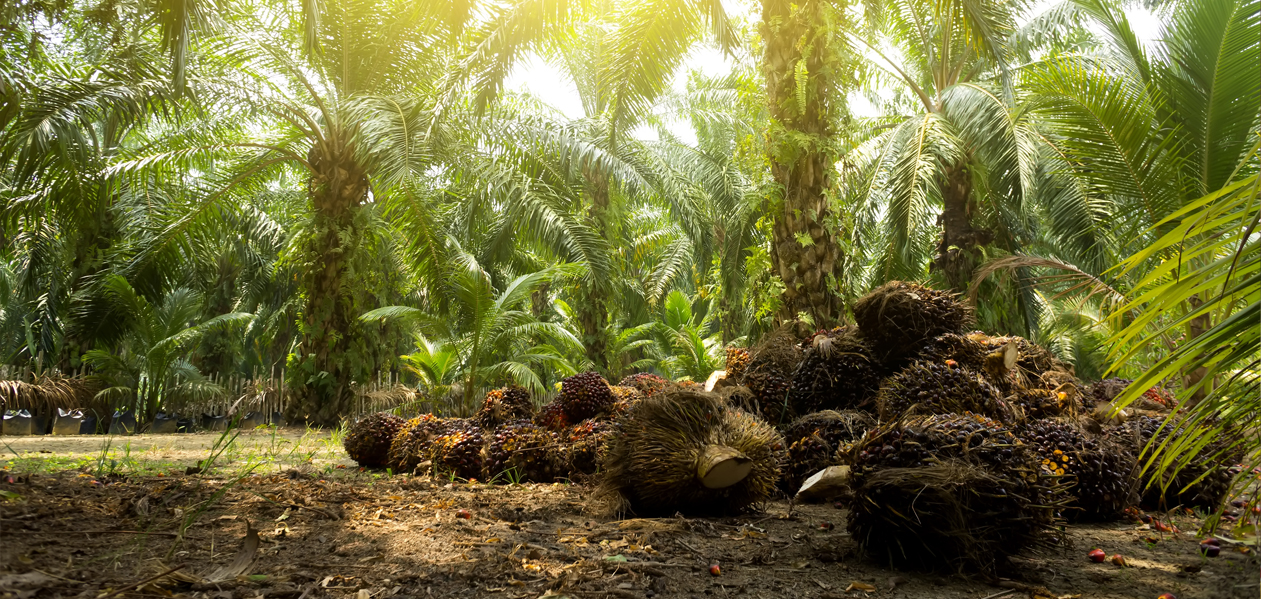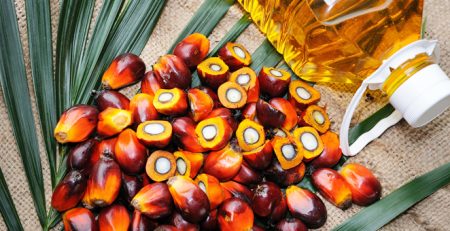What is the history of this successful industry?
The oil palm was introduced by the British colonisers to Malaysia as an ornamental plant in the early 1870s. In 1917, Henri Fauconnier, a French rubber and coffee planter, saw its potential as a cash crop and commercially planted oil palm in Tennamaram Estate, Bestari Jaya, (formerly known as Batang Berjuntai), Selangor.
The demand for palm oil as a lubricant for steam engines and other machinery during the Industrial Revolution in the 19th century encouraged British conglomerates in Malaya to replace rubber with oil palm on their plantations. By 1925, about 3,350 hectares of oil palm had been grown in various parts of Malaya and the acreage increased to about 20,000 hectares by World War II.
In the 1960s, the Malaysian Government began largescale cultivation of oil palm under an agricultural scheme aimed at eradicating poverty and improving the living standards of landless farmers. The refining of crude palm oil started in the 1970s.
By the end of 2004, Malaysia had become the largest producer and exporter of palm oil, accounting for 11% and 26% respectively of the world’s production and export.
Today, the palm oil produced goes into food applications as well as key ingredients in non-food applications such as soaps, candles, lubricants and cosmetics.








Leave a Reply